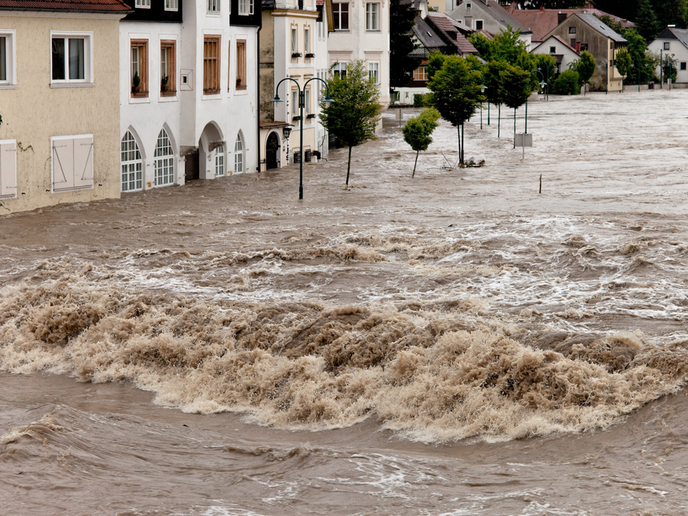New tools co-created with cities to build resilience
As they grow bigger and more populated, and as climate change increasingly threatens their safety, cities need to become more resilient. This is a known concept, and even sort of a buzzword: a high resilience means higher capacity to stay on course in the face of disaster, to face it and to recover from it with the right tools and measures. The question is, how do we make European cities resilient? Traditionally, risk management approaches have been prevailing in case of disaster: crises managers foresee the risks they might face and allocate an independent probability to each of these risks. But whilst this works for common, one-disaster scenarios, such approach starts posing problems when dealing with interconnected risks and unforeseen events. “Recently, it’s been much more difficult to foresee the crises that might happen and, due to complex cascading effects, the consequences of such crises,” says Prof. Jose Maria Sarriegi of the University of Navarra. To be fully resilient, cities need systematic tools. And this precisely what the SMR project has been providing: a set of tools co-created with cities, allowing them to build up their resilience in an effective way. “We have developed the European Resilience Management Guideline, which includes five tools,” Prof. Sarriegi explains. “The central tool is a maturity model that presents the five stages (Starting, Moderate, Advanced, Robust and vertebrate, SMART) a city should go through to become resilient. “The second is a repository of policies and best practices to illustrate the implementation of resilience policies by different cities. The third is a city resilience dynamics simulation model – so that cities can work on more quantitative aspects such as budget and time needed to implement defined policies. “Then, our fourth tool is a risk systemicity(opens in new window) questionnaire to explain the cascading effects cities are currently facing. Finally, as the development of city resilience requires the involvement of a significant number of stakeholders, our fifth tool is dedicated to engagement: it’s the Resilience Information portal.” Over the course of the project, Prof. Sarriegi and his team worked closely with the cities of Glasgow, Donostia, Kristiansand, Riga, Rome, Vejle and Bristol to develop, test and finally use the project tools. These cities have not only acknowledged the value of the SMR framework, but also continue to use it to increase their resilience. “We are really happy with the project results but if I had to pick one achievement that I am most proud about, it would be the initial constitution of the backbone of European Resilient cities,” Prof. Sarriegi enthuses. “Cities are now aware that it does not make sense to think they can single-handedly become resilient when other cities are not, and they know only cooperation can allow them to become truly resilient.” Although the project is now completed, the consortium is pursuing its work. Their next objective is to include the SMR tools in current standardisation processes: “We have developed three CWAs, and we are now pushing them to be relevant in the standards that are being developed at the ISO level,” Prof. Sarriegi concludes.







